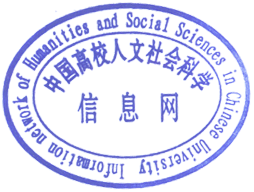关 键 词 :生育意愿;生育率;结构主义;影响因素学科分类:社会学--人口学
生育率逐年下降是我国当前需要正视和面对的重要人口现象。第七次全国人口普查数据显示,中国总和生育率在 2020 年已跌至1.3,低于国际社会公认警戒线,这一数据说明中国已迈入低生育率水平行列。民众生育意愿是理解与解释社会低生育率的关键因素,而中国民众生育意愿低下是多种因素综合作用的结果,包含宏观上的结构主义研究范式,结合微观层面的家庭个体因素。笔者围绕宏观层面的制度,经济,文化以及微观层面的家庭个人角度,探究我国生育意愿下降的原因,指出不完善的社会保障制度,高昂的生育和教育成本、个人主义与女权主义的兴起、互联网的传播技术以及代际朋辈压力等是导致我国低生育意愿的主要原因。
The annual decline of fertility rate is an important population phenomenon that China needs to face up to. China's total fertility rate dropped to 1.3 in 2020, below the internationally recognized warning line, according to data from the seventh national census, indicating that China has entered the low fertility level. The general low fertility desire is the key factor to understand and explain the low fertility rate of society, and the low fertility desire of Chinese people is the result of multiple factors. Specifically, it includes the structuralism research paradigm at the macro level and the individual family factors at the micro level. The author around the macro system, economy, culture and micro-level family personal point of view, to explore the reason for decline in fertility intentions in our country, points out that the imperfect social security system, high fertility and education costs, individualism and the rise of feminism, the spread of the Internet technology and intergenerational peer pressure is a major cause of lead to China's low fertility intentions.

